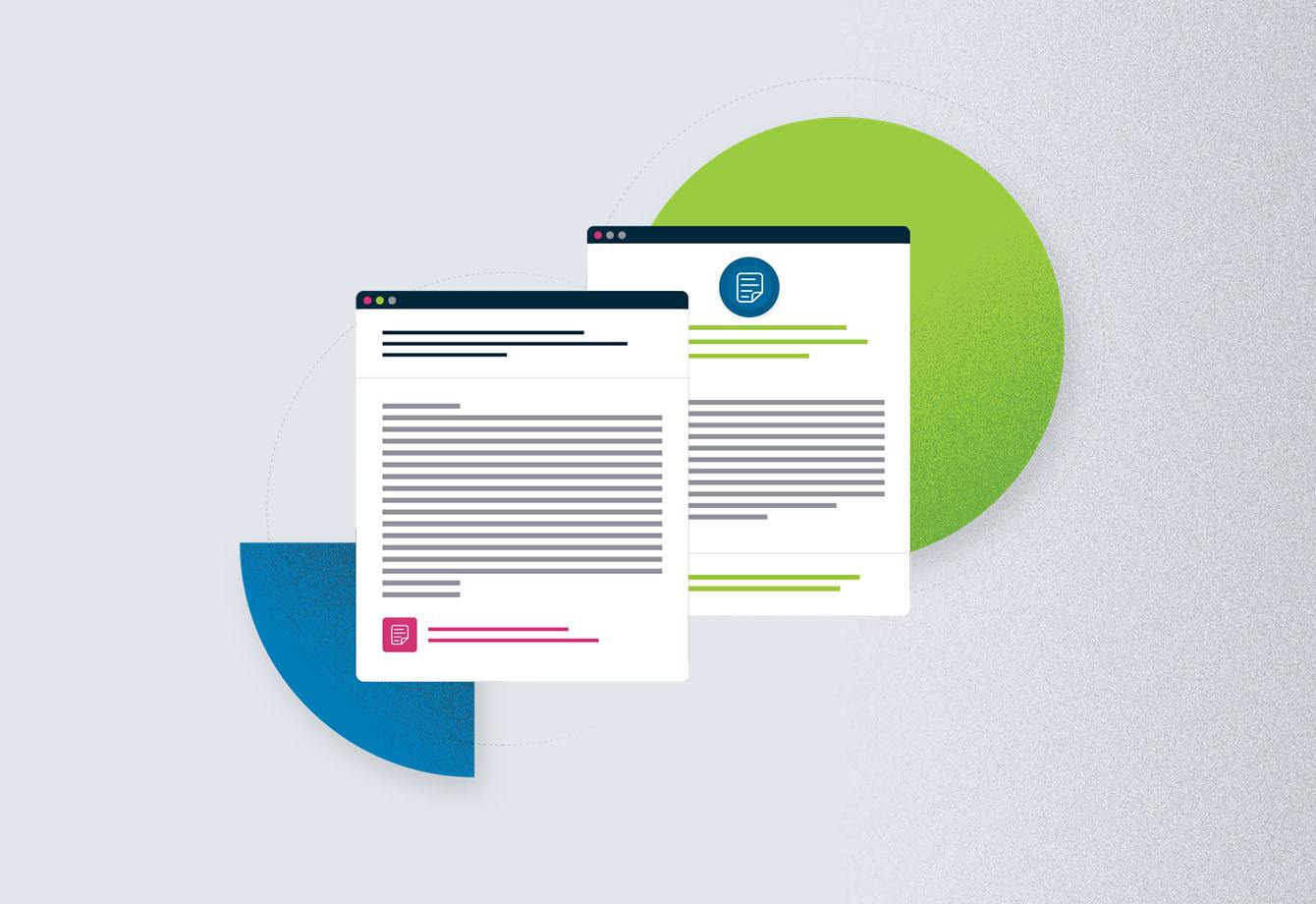
Start Responding Like a Pro
The Responsive blog is full of insights and best practices, giving you the tools you’ll need to streamline your process and respond with confidence.
Featured Post

Understanding asset management RFPs
Product & Best Practices, Respond to RFPsThe asset management RFP process is a crucial one for financial institutions looking to grow. Globally, $11 trillion of revenue […]
Category: Product & Best Practices


How to choose a proposal management solution
Product & Best Practices
Best proposal software products compared
Product & Best Practices, Products/Features/Solutions
Do you need an RFP SaaS?
Product & Best Practices
What proposal management tools do you need in your stack?
Product & Best Practices
RFP response trends & benchmarks
Product & Best Practices
How to use a supplier scorecard: Guide, examples and best practices
Product & Best Practices
9 Best Proposal Management Software Solutions for 2024
Product & Best Practices
9 of the best due diligence questionnaire (DDQ) examples
Product & Best Practices
How to use a proposal compliance matrix: Tips, template and examples
Product & Best Practices
RFP project management: Bring order to your proposal process
Product & Best Practices
Accelerate your RFP for asset management response process
Product & Best PracticesSee how it feels to respond with confidence
Why do 250,000+ users streamline their response process with RFPIO? Schedule a demo to find out.